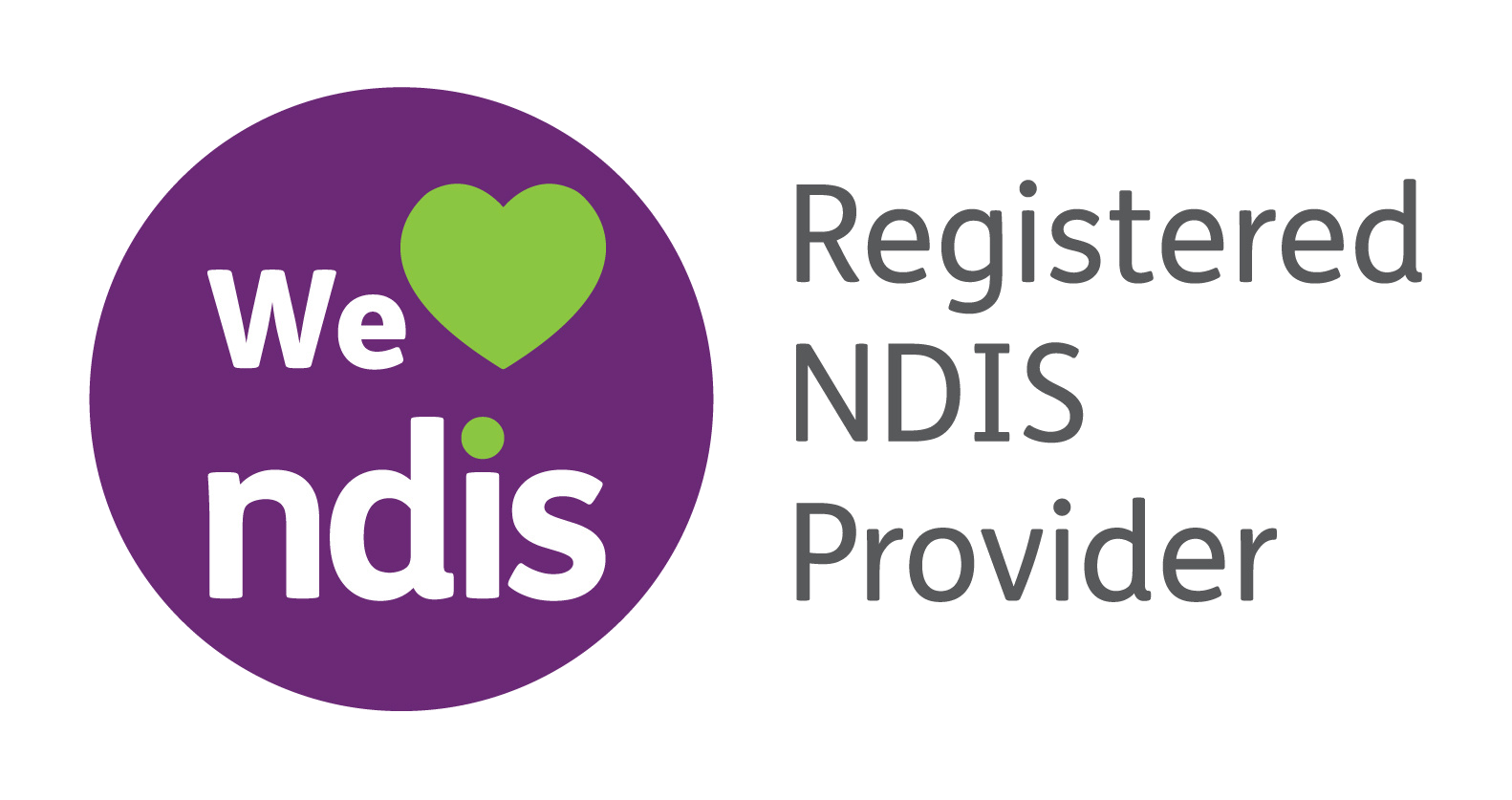Accountants play a crucial role in the financial landscape of Australia, contributing to the smooth functioning of businesses, individuals, and the nation’s economy as a whole. From small businesses to large corporations and individual tax returns, accountants provide essential services that ensure financial accuracy, compliance with regulations, and strategic advice that drives growth. Their expertise is indispensable across various sectors, highlighting the immense value they bring to the table.
The Role of Accountants in Australia
Accountants in Australia are responsible for a wide range of financial services, including bookkeeping, auditing, tax preparation, financial reporting, and consulting. They act as trusted advisors, helping individuals and businesses navigate the complexities of the Australian financial system. Below are some of the key areas where accountants have a significant impact:
1. Taxation Services
One of the primary responsibilities of accountants is managing taxation matters. In Australia, tax laws can be intricate and subject to change, which can be a challenge for individuals and businesses to navigate without expert help. Accountants ensure that their clients comply with the Australian Taxation Office (ATO) regulations, avoid penalties, and take advantage of any tax deductions or incentives available.
Taxation services also include preparing and filing personal income tax returns, business activity statements (BAS), and ensuring that businesses remain tax-efficient. Accountants can also advise on complex matters such as Goods and Services Tax (GST), payroll tax, and superannuation contributions.
2. Financial Reporting and Analysis
Accountants assist businesses with accurate financial reporting, which is crucial for decision-making and operational efficiency. These reports include profit and loss statements, balance sheets, and cash flow statements, which provide an overview of a company’s financial health. Accurate financial reports help management assess performance, make informed decisions, and present data to stakeholders such as investors and creditors.
For larger businesses, accountants often help with financial forecasting and budgeting, ensuring that the organization remains on track and adapts to changing market conditions.
3. Business Advisory Services
Beyond traditional accounting tasks, many accountants in Australia act as business advisors. They provide valuable insights into business strategy, cost management, and growth opportunities. Accountants work closely with business owners to develop strategies for increasing profitability, managing risks, and improving operational efficiency. They may also advise on business structures, mergers and acquisitions, or financing options to help companies grow sustainably.
4. Audit and Assurance Services
Auditing is another key function of accountants in Australia. An audit is an independent evaluation of a company’s financial records and processes to ensure they are accurate and in compliance with accounting standards and regulations. For many companies, especially public-listed companies, audits are a legal requirement to ensure transparency and accountability to stakeholders. Accountants also provide assurance services that give stakeholders confidence in the integrity of the financial information being presented.
5. Compliance and Regulatory Guidance
Australia has a rigorous regulatory framework for businesses and individuals, and accountants are essential in ensuring compliance with various laws and standards. This includes adhering to the Corporations Act, Australian Accounting Standards, and tax regulations, as well as specific industry requirements. Accountants help businesses avoid costly mistakes by ensuring they comply with regulatory requirements, reducing the risk of legal issues or financial penalties.
6. Superannuation Management
For individuals, managing superannuation (Australia’s pension system) is another key area where accountants play an important role. Accountants assist individuals with superannuation contributions, investment strategies, and retirement planning. They ensure that individuals are meeting their superannuation obligations while also maximizing the value of their superannuation savings for a comfortable retirement.
Why Accountants Are Crucial for Australian Businesses
Businesses in Australia, from startups to established enterprises, rely heavily on accountants to maintain financial health and comply with the law. Without the expertise of accountants, businesses would struggle to stay afloat in an ever-evolving financial and regulatory environment.
Some of the key benefits accountants bring to businesses include:
-
Financial Management: Accountants help businesses maintain proper bookkeeping, manage cash flow, and ensure accurate financial reporting, which is essential for sustainable growth.
-
Strategic Advice: Accountants offer insights into cost reduction, investment opportunities, and strategic planning, helping businesses remain competitive in their industry.
-
Tax Efficiency: Accountants can help businesses minimize their tax liabilities through proper planning, tax-effective investment strategies, and identifying eligible deductions and credits.
-
Risk Management: Accountants are skilled in identifying and managing financial risks, ensuring that businesses are well-positioned to weather economic downturns or unexpected challenges.
The Value of Accountants to Individuals
For individuals, accountants offer more than just tax preparation. They are key players in personal financial planning, helping with wealth management, estate planning, and investment strategies. Accountants guide individuals in optimizing their financial decisions, such as when to make significant investments or how to structure personal finances to reduce tax liabilities.
Additionally, accountants assist individuals with retirement planning by offering advice on superannuation and creating a comprehensive plan to ensure financial security in later years.
Conclusion: Accountants as Pillars of the Australian Economy
Accountants in Australia are indispensable for the smooth operation of businesses and the financial well-being of individuals. They ensure tax compliance, provide strategic advice, manage financial reporting, and help businesses thrive in an increasingly complex financial landscape. With their deep expertise, accountants not only help their clients achieve financial goals but also contribute to the overall economic stability and prosperity of the nation.
Whether it’s through efficient tax management, providing business advice, or guiding individuals toward better financial decisions, accountants play a central role in shaping the financial future of Australia. Their services remain vital to ensuring that individuals and businesses remain compliant, financially healthy, and positioned for long-term success. If you are in need of an excellent accountant, contact S & H Accountants on 03 8759 5532 or you can also email us on info@sahtax.com.au.














